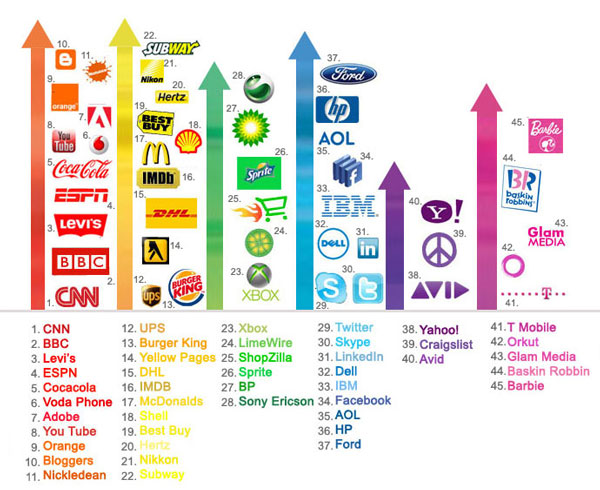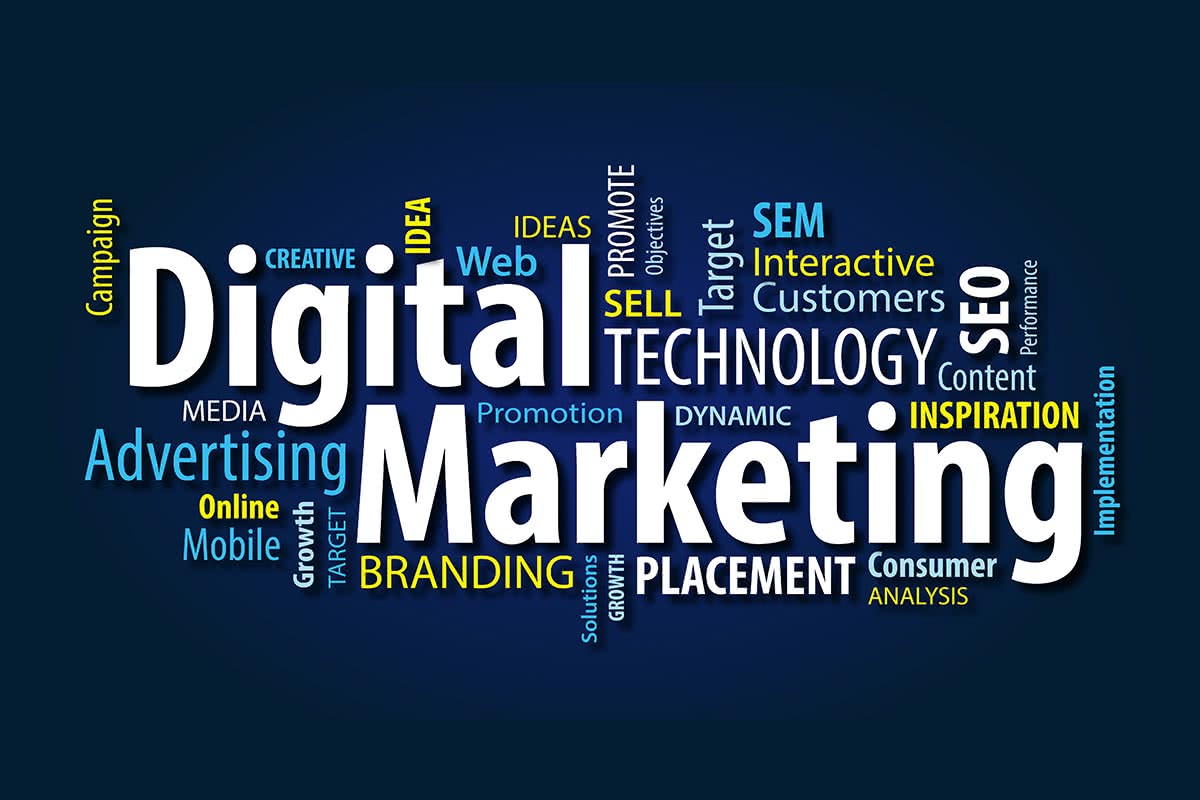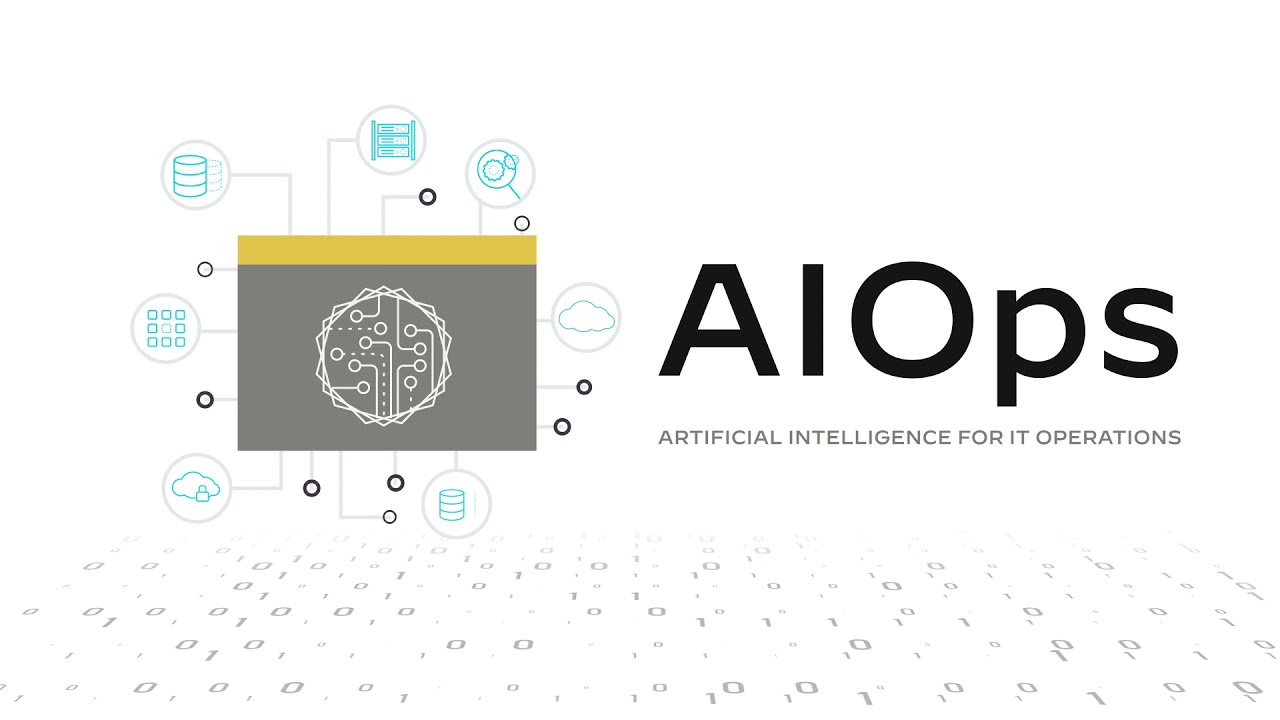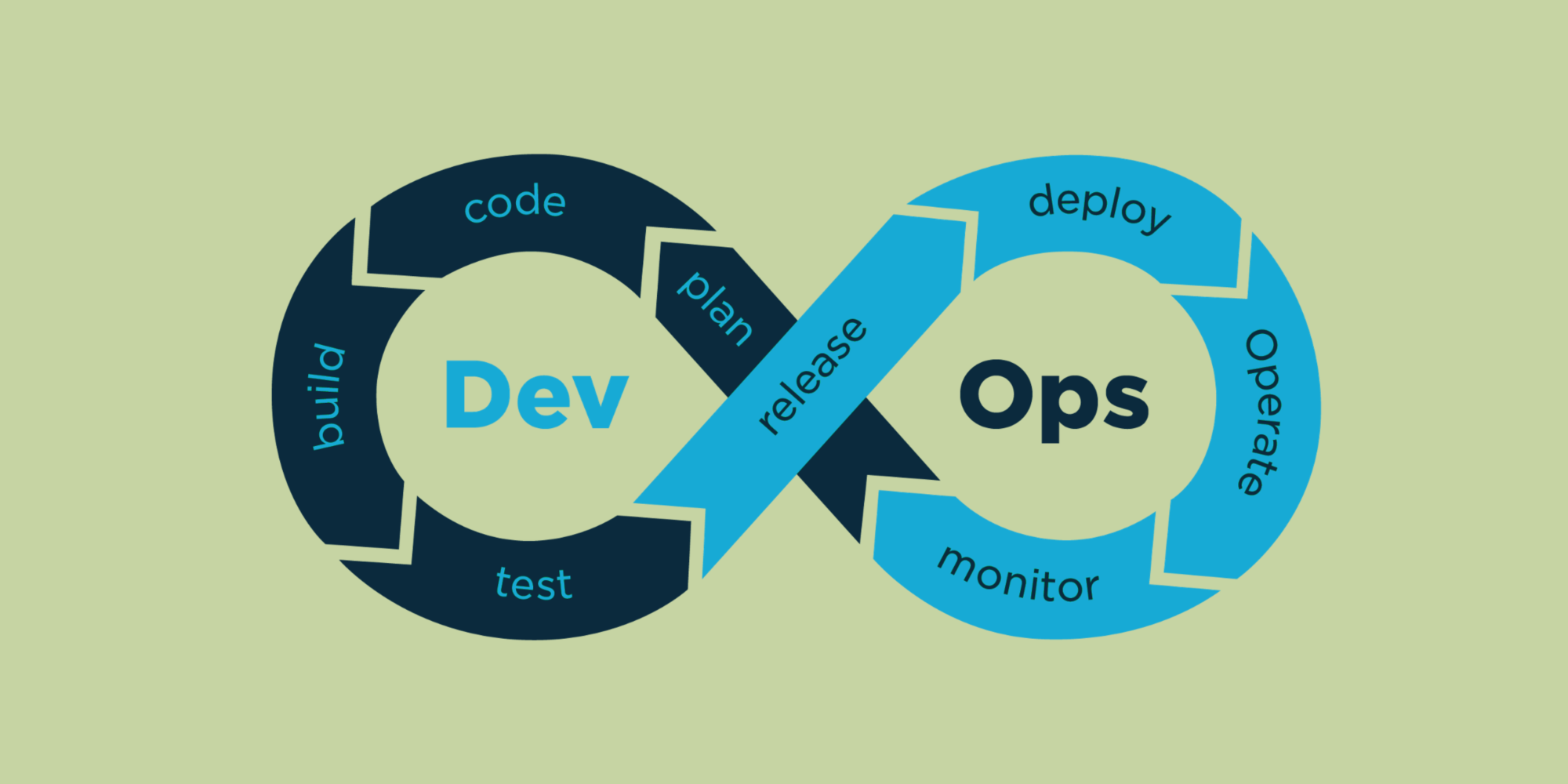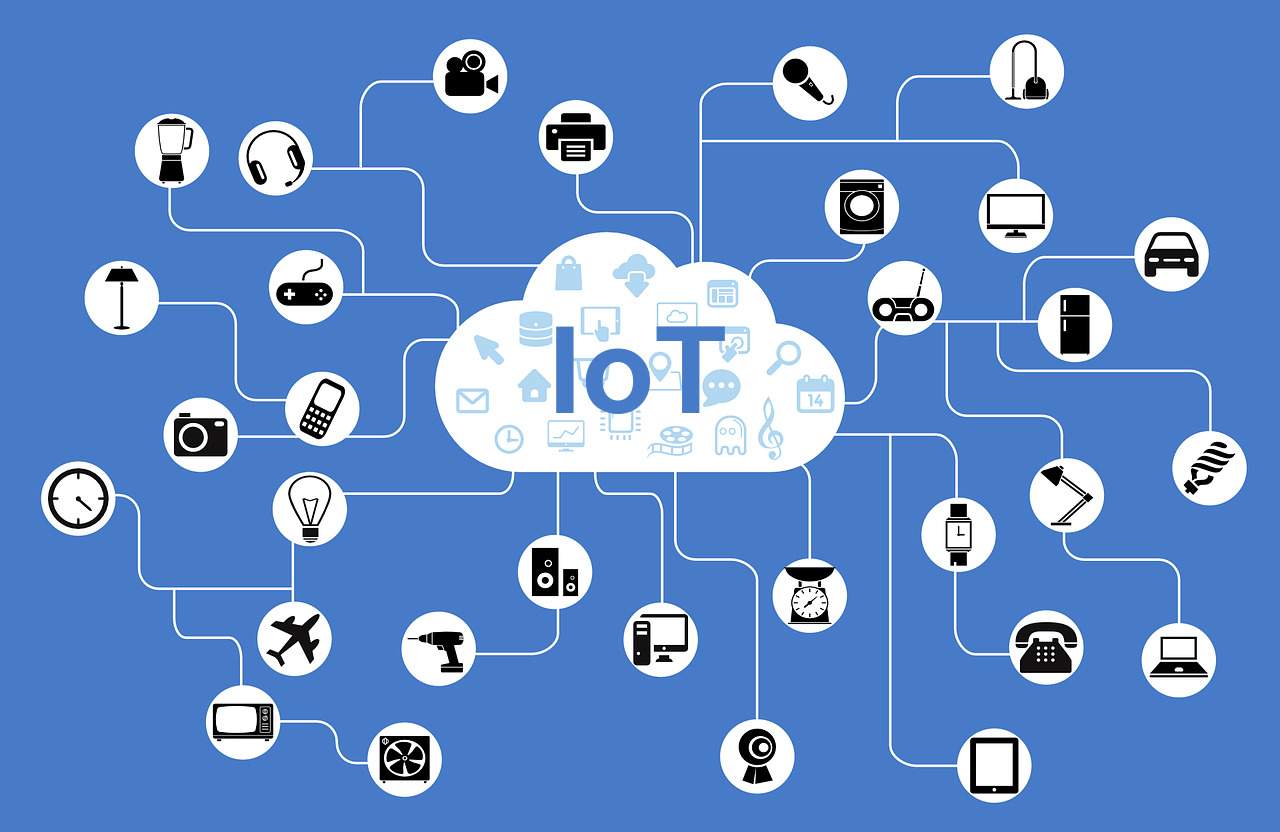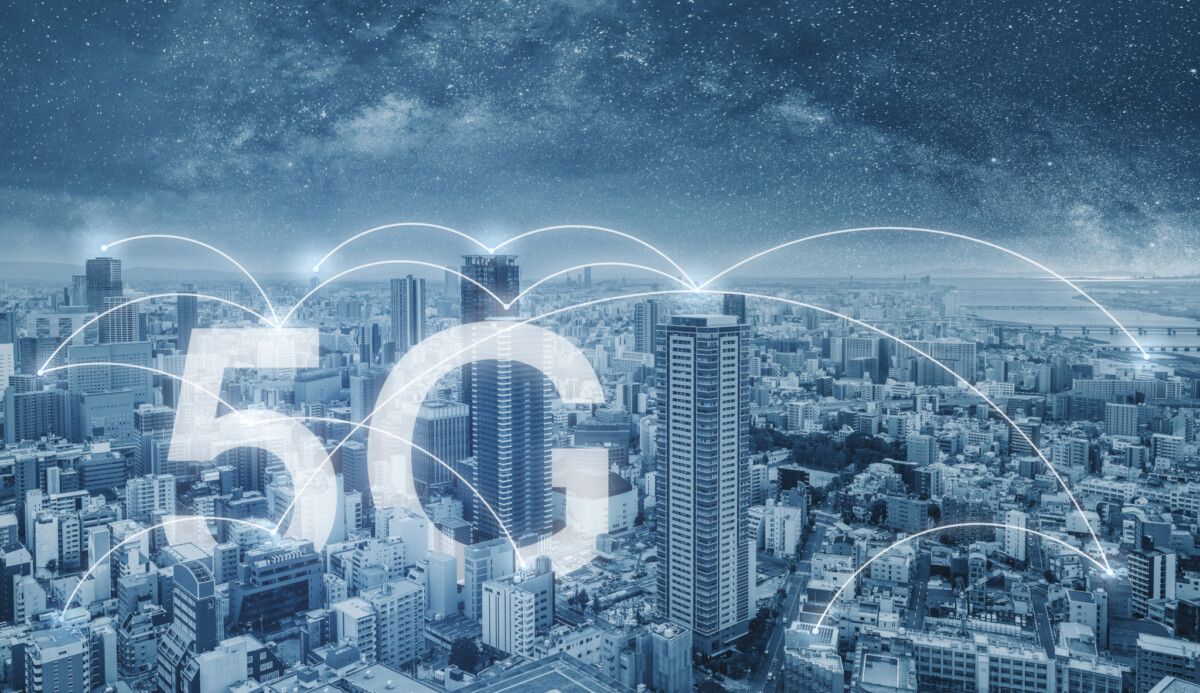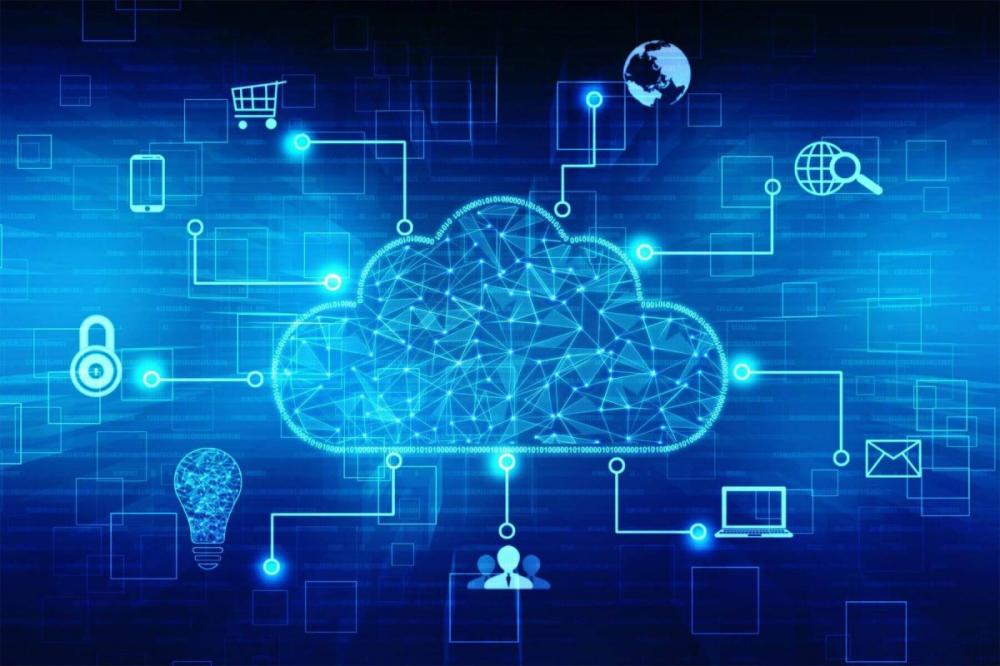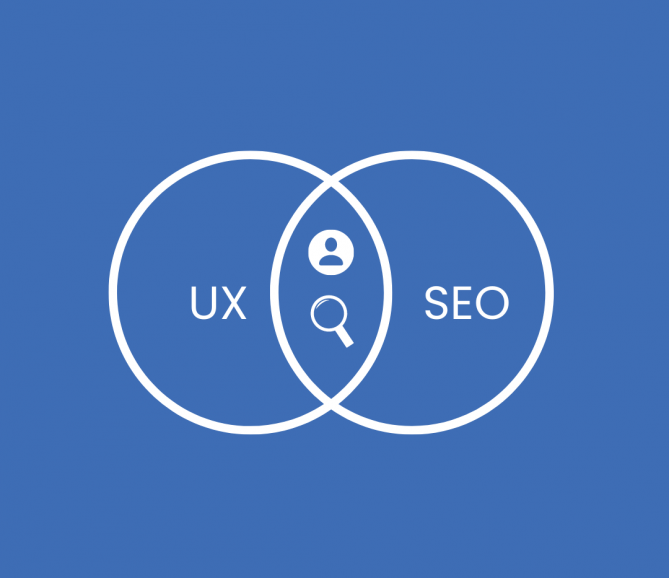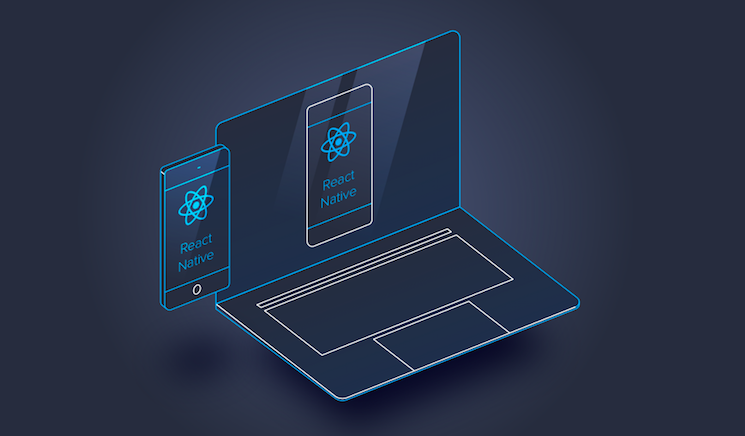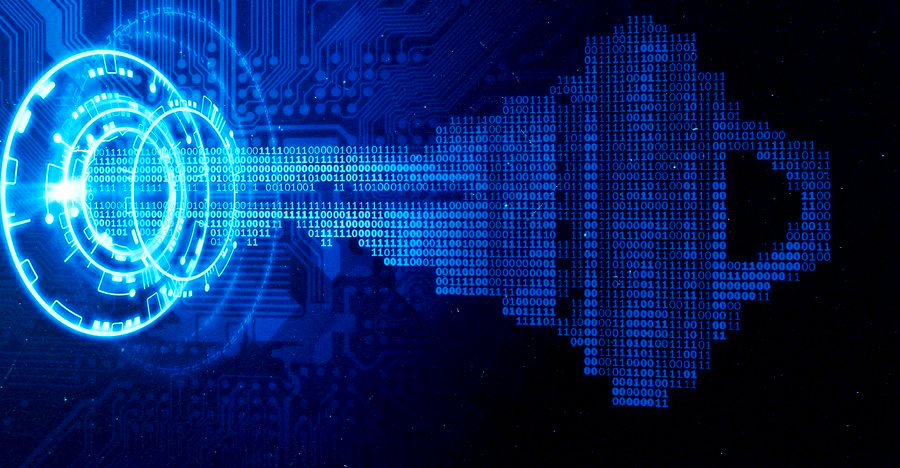Green technologies for the future: Green IT
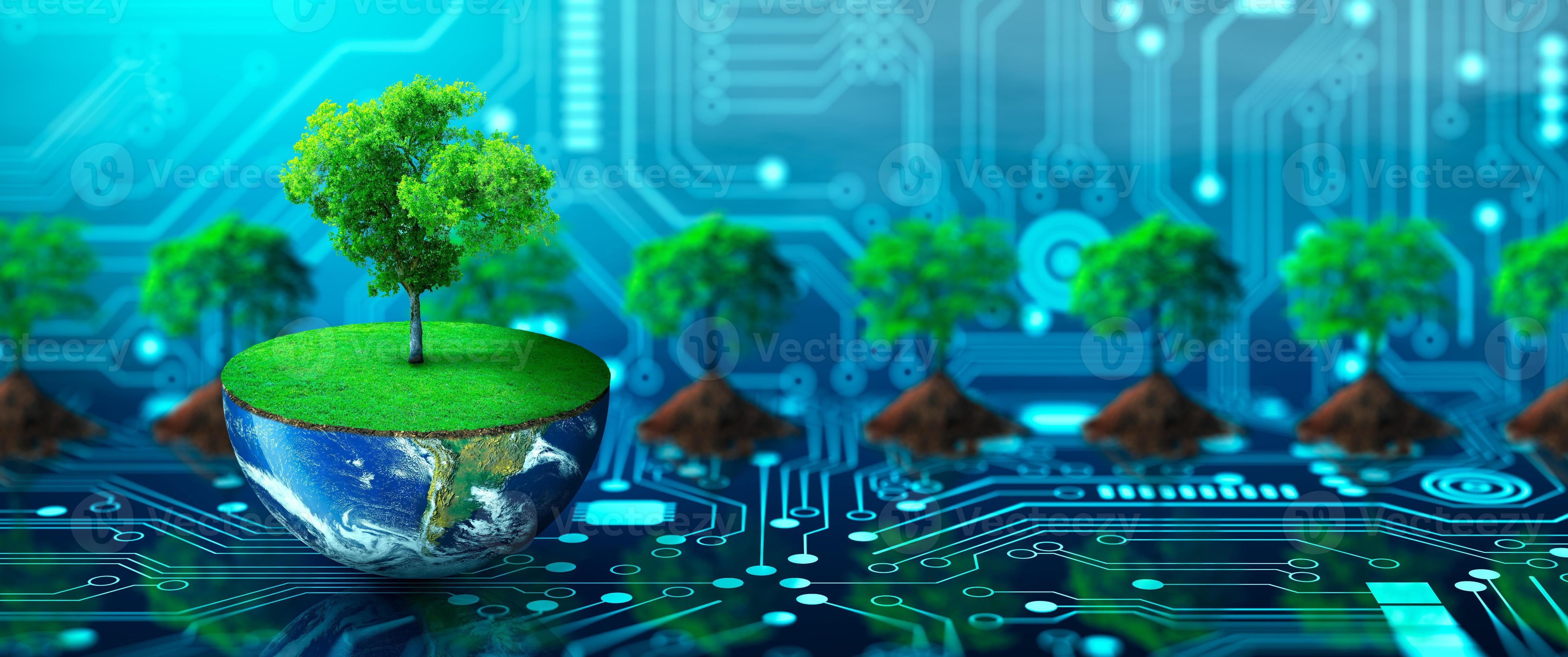
In the era of digitalization and the constant growth of data volumes, the IT industry has become a significant consumer of energy and resources. In response to these challenges, the concept of "Green IT" and sustainable computing has emerged, aimed at reducing the negative impact of technology on the environment. Let's consider the key aspects of this approach and its importance for the modern world.
Green IT is the practice of designing, using, and disposing of computer systems and related technologies in a way that minimizes their environmental impact. The main goals of Green IT include:
- Reducing energy consumption.
- Decreasing electronic waste (e-waste).
- Efficient use of resources.
- Lowering the carbon footprint.
Key Principles of the Green IT Concept
Energy-Efficient Data Centers
Data centers are among the largest consumers of energy in the IT industry. The following approaches are used to improve their energy efficiency:
- Virtualization: This reduces the number of physical servers by consolidating them onto a single physical server, thereby lowering energy consumption.
- Use of Renewable Energy Sources: Solar, wind, and hydro energy can be used to power data centers.
- Cooling Optimization: Modern cooling technologies, such as liquid cooling and free cooling (using outside air), significantly reduce energy costs.
Electronic Waste Management
Electronic waste contains toxic materials that can harm the environment and human health. Green IT aims to reduce the amount of electronic waste and ensure its safe disposal:
- Extending Equipment Lifespan: Supporting and repairing old equipment to increase its lifespan.
- Recycling and Reuse: Recycling programs that allow for the safe disposal of old devices and components.
Sustainable Software
Software development can also be more environmentally friendly:
- Code Optimization: Writing more efficient code that requires fewer computing resources.
- Cloud Technologies: Using cloud services, which are often more energy-efficient compared to local solutions.
Sustainable Devices
Device manufacturers also contribute to the development of Green IT:
- Energy-Efficient Components: Using processors and other components with low power consumption.
- Eco-Friendly Materials: Choosing materials that are easier to recycle and less harmful to the environment.
Advantages of Green IT
- Cost Savings: Reducing energy consumption and extending equipment lifespan lead to significant cost savings.
- Social Responsibility: Companies that implement Green IT demonstrate care for the environment and the health of their employees and customers.
- Improved Image: Environmentally conscious practices strengthen a company's reputation and can attract new customers and partners.
- Compliance with Regulations: Meeting increasingly stringent environmental standards and regulations.
Green IT and sustainable computing are becoming integral parts of the modern IT industry. Implementing environmentally responsible practices not only reduces the negative impact on the environment but also brings tangible economic and social benefits. The pursuit of sustainable development and environmental responsibility should become a priority for all participants in the IT sector, from developers and manufacturers to end users.







